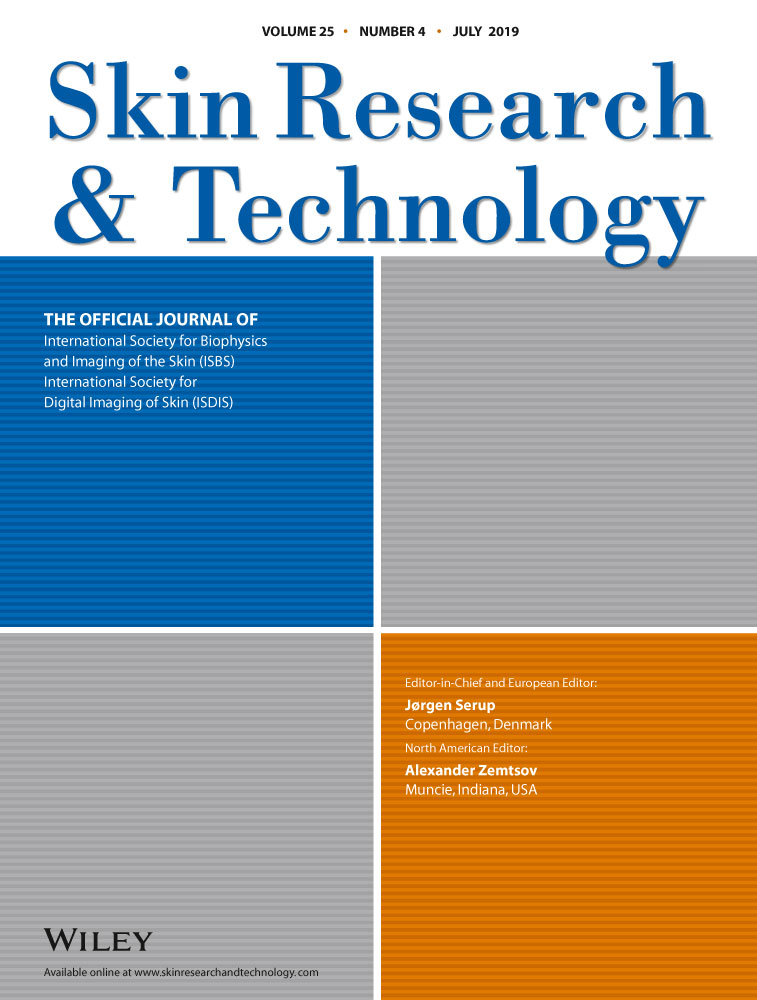Confocal Raman Spectroscopy as a tool to measure the prevention of skin penetration by a specifically designed topical medical device
Abstract
Background/Aim
The scope of this study was to utilize confocal Raman spectroscopy in the evaluation of the degree of non-penetration into the viable skin layers of a paraffin and petrolatum-based product for use in the intimate areas of the skin. The formulation was purposely designed with properties to prevent undesirable skin penetration.
Methods
Product—The test product was a proprietary topical medical device comprising paraffinum liquidum, petrolatum, paraffin, and tocopheryl acetate.
Volunteers—A total of 20 healthy volunteers were recruited onto the study—17 females and three males.
Product Testing—Raman spectra were obtained at Baseline and 90 minutes after product application.
Product Penetration—Skin penetration was calculated from Raman spectra taken at skin depths of −5, 0, 5, 10, 15, and 20 μm.
Results
Raman spectra of the investigated product could be clearly differentiated from the skin spectrum. The minimum measurable concentration of the test product was determined at a detection level of 0.5%. In this study, the test product did not penetrate down to skin depths of 10 to 20 μm.
Conclusions
Within the precision range of the test method, the investigated product did not penetrate into the compact part of the stratum corneum. The study revealed Raman spectroscopy to be suitable to detect not only penetration but also non-penetration of substances into human skin.
CONFLICT OF INTEREST
None. The study was completely financed by Kaymogyn GmbH, Germany.




